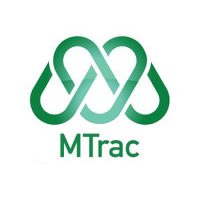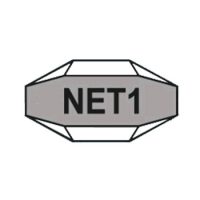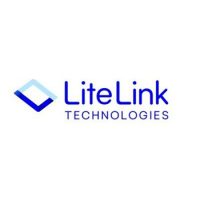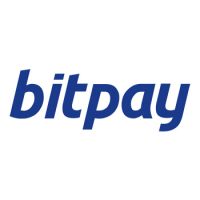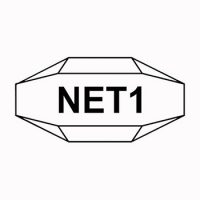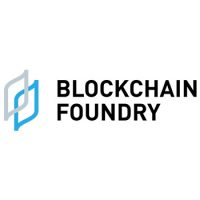Blockchain
UBC launches Canada’s first graduate blockchain training path

The University of British Columbia (UBC) is launching Canada’s first blockchain and distributed ledger technology training path for graduate students. The initiative aims to build capacity for existing master’s and PhD students in this area and help scale Canada’s blockchain industry while also tackling some of the world’s most complex socio-technical issues.
Set to become the world’s most multidisciplinary blockchain training path, the unique initiative will provide students with next-generation tools and applications to address issues in FinTech, engineering and computer science, and information governance through its disciplinary streams.
“As the country’s first graduate blockchain learning path, the initiative is transformative to the blockchain sector in Canada and beyond,” said Victoria Lemieux, UBC iSchool associate professor and Blockchain@UBC cluster lead. “The initiative will allow students to develop the skills around emerging technologies that are in high demand as well as drive economic growth as graduates fill the void in the industry.”
The training path will focus on four primary sectors: health and wellness, clean energy, regulatory technology and Indigenous issues, and aims to train 139 students over six years. The initiative is supported by 15 industry partners from a wide range of sectors who will be offering students high-value internships in collaboration with Mitacs. Boehringer Ingelheim (Canada) Ltd. will be a flagship partner, providing funding to support research at the intersection of blockchain and healthcare.
“We are proud to be part of a collaboration that is considered to be the first in Canada offering multidisciplinary graduate education in blockchain technology, developing the next generation of innovators,” said Uli Brödl, vice president, medical and regulatory affairs, Boehringer Ingelheim (Canada) Ltd. “This collaboration will allow us to grow the knowledge base and expertise of scientists to leverage the value of blockchain technology in healthcare.”
Mitacs will provide $1.324 million over six years to match industry funding on an annual basis for up to 18 master’s and eight PhD internships, including skills training and capacity for international experience. This represents a combined potential value of over $2.44 million for 156 internships and post-doctoral training projects.
“Mitacs is pleased to support UBC’s graduate blockchain initiative, which will foster innovation and the training of highly skilled talent to strengthen Canada’s leadership in this emerging area of multidisciplinary research and business transformation,” said Mitacs CEO and Scientific Director, Alejandro Adem.
The initiative will be taught by UBC faculty from diverse disciplines, all of whom are well connected with the local community as well as blockchain research centers around the world. As part of the learning outcomes, students can expect to critically analyze blockchain solutions as well as explore innovative areas where blockchain can be applied to achieve business, social and technical benefits.
The training path will officially launch in January 2020.
For more information, visit: https://blockchain.ubc.ca/
Quick facts:
- In recent years, blockchain has emerged as a powerful method of providing security and trust in handling data, with countless technical, economic, social and political applications.
- Blockchain is designed to enable frictionless peer-to-peer interaction without the need for a trusted middleman.
- Yet, there is little overlap between academia and industry as well as a critical shortage of qualified professionals in the industry.
- Victoria Lemieux, UBC School of Library, Archival and Information Studies, is the founder of Blockchain@UBC and co-leads the cluster with Chen Feng, from UBC-Okanagan School of Engineering. Their interdisciplinary collaboration recognizes the value of a multidisciplinary approach to blockchain and distributed ledger technology development and the need to span both natural science and engineering (NSE) and non-NSE disciplines to leverage this emerging technology in the best interests of all Canadians.
SOURCE University of British Columbia
Blockchain
Crypto and Blockchain Weave Deeper Into the Biometrics Space – Identity News Digest
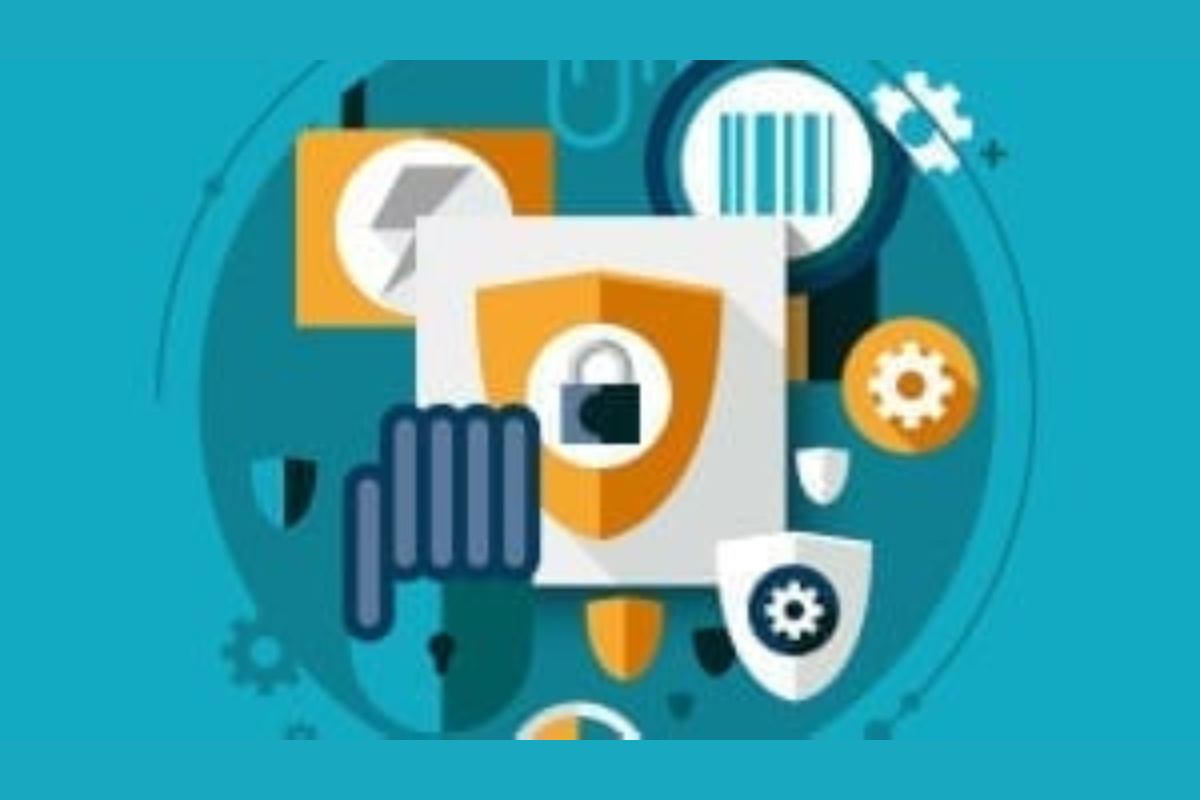

AuthID Inc. has formed a strategic partnership with the National Notarial Centralized Verification System (NNCVS) to integrate biometric identity verification into NNCVS’s online notary platform. NNCVS, a provider of nationwide online services for notaries, aims to transition from a local, in-person framework to a more secure, digital model. By leveraging AuthID’s platform, NNCVS will authenticate the identities of notarial agents and their clients using biometric checks that compare selfies with ID document photos. This enhancement ensures heightened security throughout users’ interactions with the service.
iVALT has introduced a mobile app called OnDemandID, designed to enable users to verify the identity of individuals during phone calls, video calls, or online interactions with a single click. The app employs multiple verification elements, including biometrics, device ID, and location-based parameters like geofencing and time windowing, to prevent deepfake attacks and identity fraud. OnDemandID prioritizes user privacy by storing biometric data locally on the device and refraining from tracking user movements. Additionally, iVALT offers integration into existing enterprise mobile apps, providing a solution to enhance caller verification processes within corporate environments.
Keyless, a company specializing in secure facial recognition, has partnered with EnQualify, an AI-powered Know Your Customer (KYC) verification provider, to enhance online identity verification. Keyless’s privacy-centric ZKB technology will integrate with EnQualify’s AI for initial user verification, enabling a seamless and secure authentication process. This collaboration eliminates the need for repetitive steps and data storage, offering a faster and more user-friendly verification experience while ensuring robust security measures.
Australian fintech Waave has launched its Wallet app to enhance security and convenience for online payments. Integrated with Waave’s Pay by Bank system, Wallet utilizes fingerprint or facial recognition for secure authentication, eliminating the need for passwords and card details. This approach addresses concerns about online fraud, providing a streamlined payment process for consumers and merchants alike. Additionally, Wallet will introduce expense tracking features later in 2024, further enhancing its utility for users.
BeatBit Wellness Lab has introduced the CUDIS ring, a wearable device focused on user-controlled health data management. Powered by Solana blockchain technology, CUDIS tracks biometric data and offers personalized health insights using AI algorithms. Users can contribute anonymized data to a research network and earn rewards, emphasizing data ownership and privacy. The CUDIS ring integrates securely with other Solana and Web3 products, offering users a comprehensive health monitoring solution within the decentralized ecosystem.
Worldcoin has unveiled World Chain, a new blockchain platform designed to prioritize verified human users over bots, aiming to reduce network congestion and transaction fees. Integrated with the Worldcoin protocol’s Proof of Personhood, World Chain provides verified users with priority blockspace and gas allowances. This Layer 2 solution, secured by Ethereum, offers developers access to a large pool of verified users for deploying utility applications. World Chain is set to be open source and permissionless, with plans for community-based governance in the future.
New South Wales (NSW) has launched an Australia-first trial to test digital birth certificates, involving over 18,000 children associated with specific educational institutions. Led by the NSW Registry of Births, Deaths and Marriages in collaboration with the Department of Customer Service, the pilot explores the use of digital certificates with the same legal validity as traditional paper versions. Digital birth certificates aim to simplify administrative tasks and offer enhanced security and convenience, particularly in disaster-prone areas where paper documents could be compromised.
Source: findbiometrics.com
The post Crypto and Blockchain Weave Deeper Into the Biometrics Space – Identity News Digest appeared first on HIPTHER Alerts.
Blockchain
Tether USDT stablecoin goes live on TON blockchain

Tether and Telegram’s Web3 ecosystem are aligning further with the launch of USDT and XAUT stablecoins on the TON blockchain.
Tether, the stablecoin operator, is deepening its integration with Telegram’s Web3 ecosystem by introducing its stablecoins, including Tether USDT and Tether Gold (XAUT), on The Open Network (TON).
The announcement was made on April 19 during the Token2049 event in Dubai, where Tether CEO Paolo Ardoino and Telegram founder Pavel Durov delivered keynote speeches.
Alongside the stablecoin launch, Tether also revealed a restructuring plan, introducing four new business divisions: Tether Data, Tether Finance, Tether Power, and Tether Edu. Ardoino emphasized the shared vision of TON and Tether for an open, decentralized internet and a borderless financial system.
The addition of USDT and XAUT on TON is a significant step for Tether, expanding its presence to 15 blockchains, including Ethereum and Tron. This move also holds importance for the TON network, which recently surpassed Dogecoin as the ninth-largest blockchain and cryptocurrency by market value.
According to Ardoino, USDT and XAUT on TON will facilitate seamless value transfer, boosting activity and liquidity while providing users with a financial experience comparable to traditional systems.
The integration of USDT into the TON ecosystem enables transfers between fiat and crypto, aiming to surpass traditional finance in efficiency and user-friendliness. Jack Booth, TON Foundation’s marketing head, highlighted the TON blockchain’s capability to provide simple, borderless peer-to-peer payments, catering to Telegram’s estimated global user base of over 900 million.
While USDT has been available on Wallet, a third-party custodial wallet for Telegram users, since at least 2023, its integration with TON marks a significant milestone. Halil Mirakhmed, Wallet’s chief operating officer in Telegram, confirmed that TON-based USDT will be offered alongside TRC-20 USDT on Wallet.
The move comes on the heels of Tether’s recent launch of a recovery tool for migrating USDT between different blockchains in March 2024. With USDT stablecoin crossing the $100 billion market cap milestone earlier in March, its expansion onto the TON blockchain signifies another step forward in the cryptocurrency’s ecosystem growth.
Source: cointelegraph.com
The post Tether USDT stablecoin goes live on TON blockchain appeared first on HIPTHER Alerts.
Blockchain
Crypto fans count down to bitcoin’s ‘halving’

Bitcoin enthusiasts eagerly anticipated the occurrence of bitcoin’s ‘halving’ on Friday, a pivotal event in the cryptocurrency’s protocol aimed at reducing the rate of new bitcoin creation. Programmed into Bitcoin’s code by its pseudonymous creator Satoshi Nakamoto at its inception, the halving occurs approximately every four years.
Chris Gannatti, Global Head of Research at asset manager WisdomTree, which offers bitcoin exchange-traded funds, described the halving as “one of the biggest events in crypto this year.” CoinGecko’s countdown clock indicated that the halving was slated to take place in the early hours of Saturday GMT.
For many cryptocurrency enthusiasts, the halving underscores bitcoin’s value as an increasingly scarce asset, as Nakamoto set a limit of 21 million tokens. Conversely, skeptics view it merely as a technical adjustment hyped by speculators to inflate the virtual currency’s price.
The mechanics of the halving involve reducing the rewards miners receive for creating new tokens, thereby increasing the cost of introducing new bitcoins into circulation. This comes following bitcoin’s surge to an all-time high of $73,803.25 in March, with the cryptocurrency trading at $63,800 on Thursday.
Bitcoin and other cryptocurrencies have benefited from excitement surrounding the U.S. Securities and Exchange Commission’s approval of spot bitcoin exchange-traded funds in January, as well as anticipation of central bank interest rate cuts. Previous halvings occurred in 2012, 2016, and 2020, with some cryptocurrency enthusiasts pointing to subsequent price rallies as indicative of potential price increases post-halving. However, many analysts remain skeptical.
“We do not anticipate bitcoin price increases post halving as it has already been priced in,” wrote JP Morgan analysts this week. They predict a decline in bitcoin’s price post-halving due to being “overbought,” coupled with subdued venture capital funding for the crypto industry this year.
Source: reuters.com
The post Crypto fans count down to bitcoin’s ‘halving’ appeared first on HIPTHER Alerts.
-
Blockchain4 days ago
Open-Source Intelligence (OSINT) Market is expected to reach a revenue of USD 64.9 Bn by 2033, at 25.6% CAGR: Dimension Market Research
-

 Blockchain Press Releases2 days ago
Blockchain Press Releases2 days agoBybit and Franck Muller Partner with Sidus Heroes to Launch Cosmic Gears: A Pioneering Web3 Game with a $250,000 Prize Pool and Exclusive Watch Collection
-

 Blockchain3 days ago
Blockchain3 days agoBlockchain Transforming Travel: Quantum Temple’s Innovative Venture
-

 Blockchain3 days ago
Blockchain3 days agoEvolution of the Blockchain World: Doric Blockchain Drives Education and Adoption of Blockchain Technology and Tokenization in Latin America
-

 Blockchain23 hours ago
Blockchain23 hours agoElizabeth Warren Urges Treasury Secretary Yellen to Implement Strong AML/CFT Measures for Stablecoins
-

 Blockchain3 days ago
Blockchain3 days agoBybit and World Leaders Forge Major Alliance to Direct Web3 for Social Good
-

 Blockchain23 hours ago
Blockchain23 hours agoQuantum eMotion Files a Patent for Quantum-based Blockchain Wallet Under the Patent Cooperation Treaty (PCT)
-

 Blockchain Press Releases22 hours ago
Blockchain Press Releases22 hours agoCanaan Shines at Blockchain Life 2024 in Dubai



















